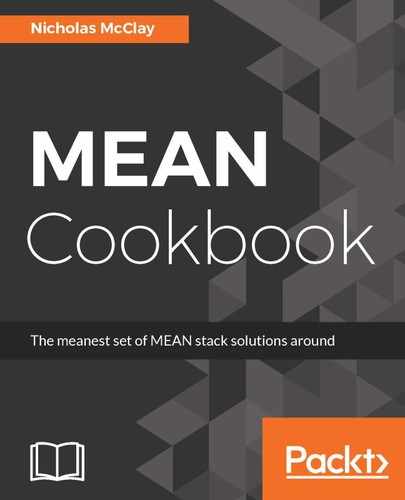Many modern web applications have external cloud services that they depend on to function. Using monolithic web servers to handle all an application's services and features has given way to a service-oriented approach, which distributes an application's needs to dedicated micro-services. Often, whole sections of micro-services can be replaced with external cloud services via API integrations. This shift trades control and flexibility of a given service for scalability and availability.
Popular cloud platforms, such as Amazon Web Services, guarantee 99.95% uptime of their services across all their geographic zones. That's a mere 4 hours, 22 minutes, and 48 seconds of downtime in an entire year, which is considerably mitigated if you diversify your application across more than one geographical zone. Having a 99.9% or better uptime is very common for most popular cloud services, and when you compare that with the cost and risk of maintaining your own custom solution, it's clear why so much of the web these days has moved to the cloud.
From a developer standpoint, the main benefit of leveraging cloud services is to rapidly expand the capabilities and features of your application in exchange for the modest transactional cost of the service. In the rapid paced world of JavaScript web application development, choosing the right service will often come down to evaluating their documentation and deciphering how to properly integrate the service to achieve your goal.
Let's explore how to build some advanced cloud service integrations into our web application.
